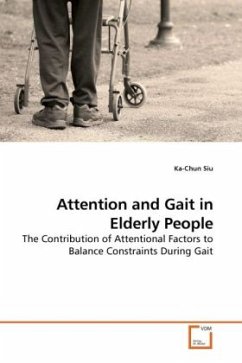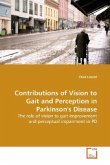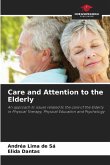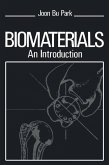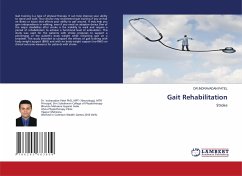Research for studying attention and gait stability has suggested the process of recovering gait stability requires attentional resources, but the specific effects of performing a secondary task on stability during obstacle avoidance are not known. While recent research has begun to explore age-related changes in the ability of older adults to perform balance tasks when simultaneously performing a secondary task, research has suffered from limitations regarding the mechanisms underlying the problems that older adults experience in the dual-task situations. Three possible attentional mechanisms contributing to limitations in dual-task performance were examined (reduced general attentional capacity vs. a true dual-task performance deficit, difficulties with maintaining posture requiring attentional resources, and inability to allocate attention). Four studies were conducted and concluded that balance-impaired older adults were unable to perform two tasks efficiently. Ability to allocate attention between two tasks was reduced with age. It is suggested that inability to flexibly allocate attention is a major factor that contributes to balance constraints during gait in elderly people.
Bitte wählen Sie Ihr Anliegen aus.
Rechnungen
Retourenschein anfordern
Bestellstatus
Storno

